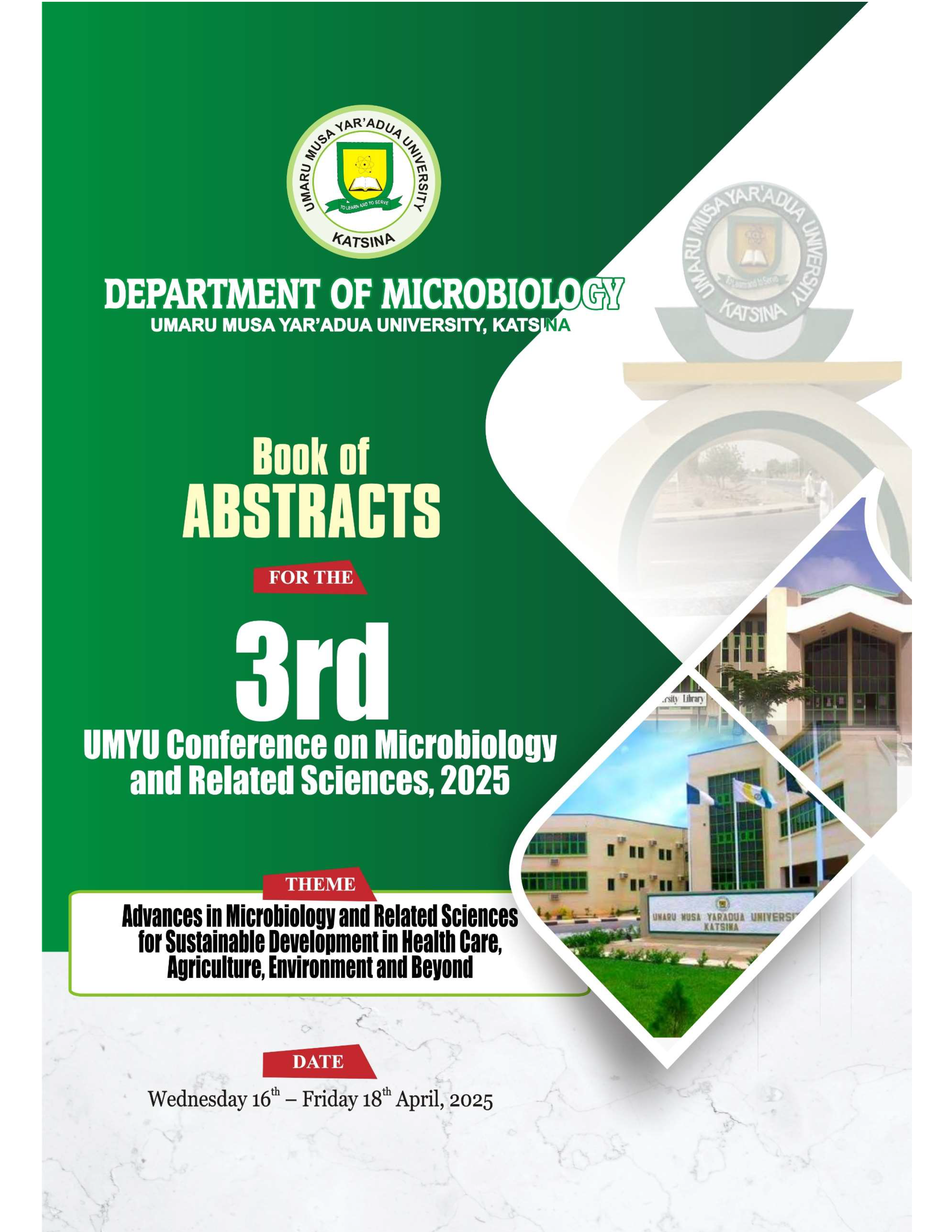In Vitro Evaluation of Antibacterial Property of Nigella Sativa Seed and Carica Papaya Leaves Extracts against Escherichia Coli.
Keywords:
Escherichia coli, In vitro, Carica papaya, Nigella sativa, Antibacterial property, CeftriaxoneAbstract
Escherichia coli is a versatile bacterium with a dual nature it is an essential part of the intestinal micro biota in humans and animals, yet certain strains pose significant health risks. This study evaluate the in vitro antibacterial properties of Nigella sativa seed and Carica papaya leaf extracts against Escherichia coli. The study was conducted at the Biology Laboratory, Sokoto State University, Sokoto. The samples of Nigella sativa seed was bought from Sokoto Central Market and the Carica papaya leaf was collected from a garden near the Sokoto State University Clinic, and there after transported to the Herbarium, Usmanu Danfodiyo University Sokoto for identification and authenticated at herbarium. Results of this study revealed that Carica papaya leaf extract exhibited antibacterial activities against Escherichia coli. The zone of inhibition increased gradually with the concentration of the extract, started from 2.15 mm/ml at 1 mg/ml, 2.40 mm/ml at 2 mg/ml, 2.45 mm/ml at 3 mg/ml, and reached 2.65 mm/ml at 4 mg/ml. This suggested a dose-dependent antibacterial effect, due to the presence of phytochemicals such as saponins, tannins, flavonoids, phenolics, and steroids, which are known to disrupt bacterial cell walls and interfered with bacterial enzyme activity. In contrast, Nigella sativa seed extract showed no antibacterial activities against Escherichia coli at any of the tested concentrations (1-4 mg/ml), with a consistent zone of inhibition of 0.00 mm/ml. This indicates that, under the conditions tested in this study, Nigella sativa does not possess antibacterial properties against E. coli. The positive control, Ceftriaxone, demonstrated a consistent higher zone of inhibition of 3.95 mm/ml across all concentrations, highlighted its superior antibacterial potency compared to both plant extracts.
Published
How to Cite
Issue
Section
License
Copyright (c) 2025 UMYU Conference of Microbiology and Related Sciences

This work is licensed under a Creative Commons Attribution-NonCommercial 4.0 International License.


